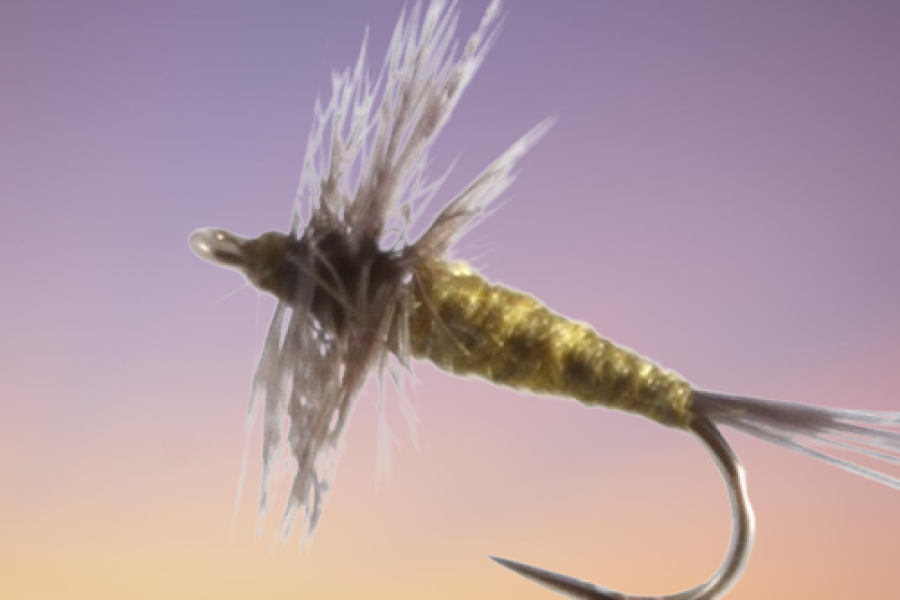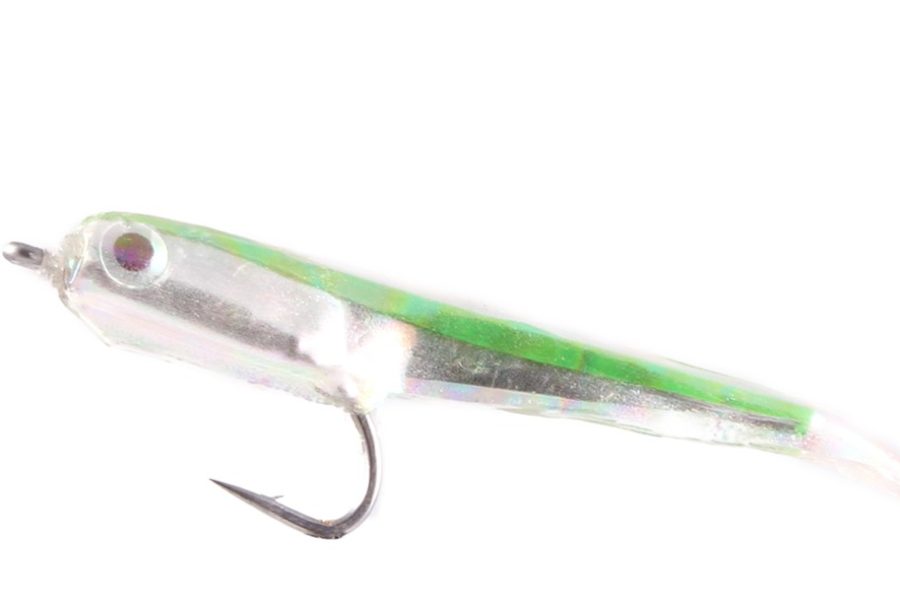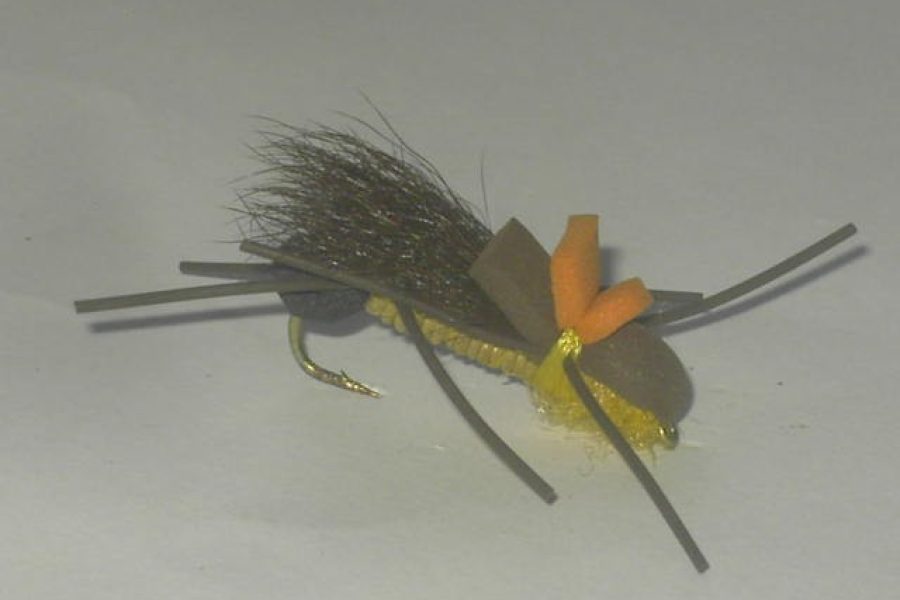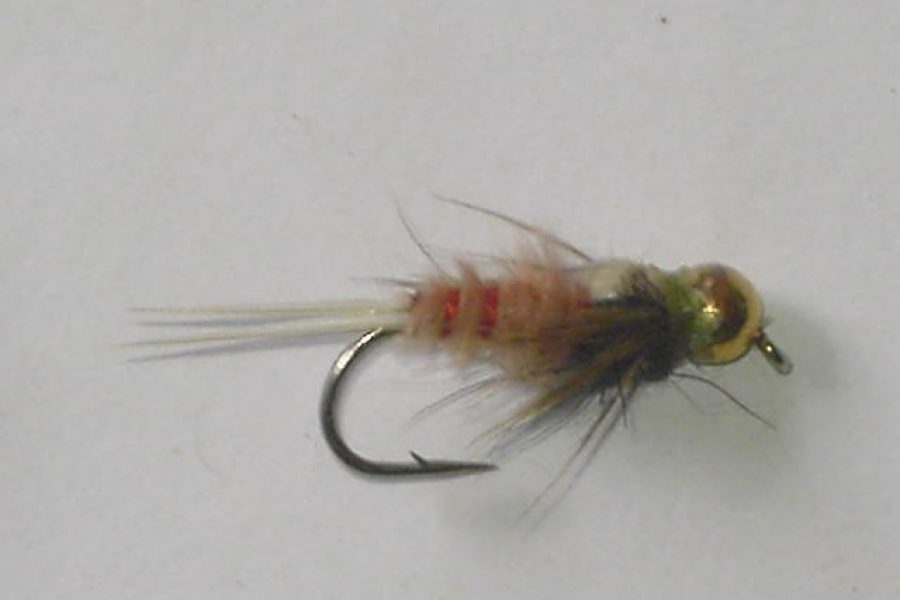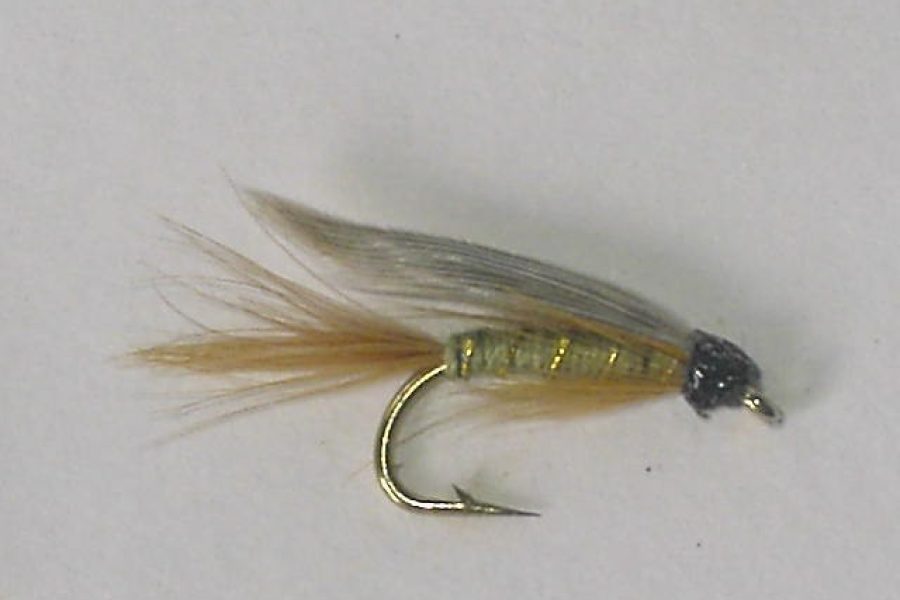Description
Product Overview and Heritage The Tube Fly 13 represents an innovative evolution in tube fly design, featuring a unique combination of materials and construction techniques that create a highly effective pattern for salmon and steelhead fishing. This specialized pattern incorporates modern tube fly technology with traditional tying methods, making it particularly effective for multiple species across various water conditions. The pattern has become a standard-bearer in both European and North American salmon fishing, consistently producing results in demanding situations.
Design Features and Materials Tube Characteristics:
- Premium plastic tube
- Available lengths: 25-40mm
- Lightweight construction
- Durable composition
- Junction tube compatible
- Optimal flow characteristics
- Perfect material grip
- Enhanced action design
- Size-to-weight ratio
- Saltwater durability
Material Components:
- Selected natural materials
- Mixed synthetic fibers
- Premium flash materials
- Enhanced durability
- Blended colors
- Modern construction
- Color-fast characteristics
- Movement enhancement
- Profile consistency
- Natural appearance
Construction and Tying Process The pattern’s success relies on precise construction methods:
- Balanced proportions
- Strategic material placement
- Graduated wing tapering
- Reinforced connections
- Material integration
- Enhanced durability features
- Proper flash application
- Wing positioning
- Profile consistency
- Movement optimization
Fishing Applications and Techniques Presentation Methods:
- Swing presentation
- Varied speeds
- Multiple angles
- Depth control
- Pattern placement
- Current fishing
- Structure targeting
- Cross-current swings
- Action variation
- Traditional methods
Specialized Applications:
- Large rivers
- Deep runs
- Fast water
- Clear conditions
- Colored water
- Dawn/dusk periods
- Search pattern
- Active fish
- High-pressure situations
- Technical water
Seasonal Effectiveness Spring Performance:
- Early season success
- Spring runs
- Mixed techniques
- Weather changes
- Pattern selection
- Temperature increases
- Fish movement
- Feeding windows
- Natural cycles
- Light conditions
Summer Strategy:
- Deep water fishing
- Morning/evening peaks
- Temperature adaptation
- Feeding patterns
- Oxygen levels
- Light penetration
- Fish behavior
- Water conditions
- Current seams
- Structure targeting
Fall Applications:
- Pre-winter feeding
- Cooling waters
- Changed light conditions
- Transitional periods
- Aggressive takes
- Pattern visibility
- Fish location
- Temperature drops
- Migration patterns
- Feeding windows
Habitat and Water Types Water Applications:
- Salmon rivers
- Steelhead streams
- Deep runs
- Clear water
- Colored conditions
- Structure areas
- Current seams
- Drop-offs
- Holding water
- Fast water
Specialized Environments:
- Various waters
- Deep channels
- Boulder pockets
- Complex currents
- Bank edges
- Channel drops
- Different streams
- Undercut banks
- Current breaks
- Fast water
Target Species and Behavior Primary Species:
- Atlantic Salmon
- Pacific Salmon
- Steelhead
- Sea Trout
- Multiple Species
- Anadromous Fish
- Aggressive Feeders
- Migratory Species
Behavioral Patterns:
- Territorial response
- Aggressive takes
- Pattern recognition
- Natural behavior
- Opportunistic strikes
- Selective periods
- Strike triggers
- Visual stimulation
- Lateral line response
- Competitive behavior
Rigging Recommendations Leader Setup:
- 9-12 foot leaders
- 12-20lb tippet
- Tapered leaders
- Fluorocarbon options
- Loop-to-loop connections
- Proper presentation
- Adequate stiffness
- Knot strength
- Breaking strain
- Abrasion resistance
Presentation Options:
- Single fly rigs
- Multiple retrieve speeds
- Traditional methods
- Modern techniques
- Line matching
- Leader design
- Tippet selection
- Depth control
- Speed adjustment
- Action variation
Professional Applications Guide Usage:
- Client-friendly pattern
- Proven success rates
- Consistent performance
- Easy presentation
- Multiple techniques
- Teaching tool
- Confidence pattern
- Versatile applications
- Durability
- Hook-up ratio
Competition Usage:
- Tournament proven
- Technical water success
- Pressure adaptation
- Quick-change capability
- Consistent performance
- Depth control
- Pattern rotation
- Size variation
- Color selection
- Presentation options
Care and Maintenance Post-Fishing Care:
- Thorough drying
- Material grooming
- Hook inspection
- Tube maintenance
- Wing preservation
- Storage preparation
- Pattern inspection
- Shape verification
- Performance testing
- Movement checking
Storage Requirements:
- Dry environment
- UV protection
- Separate compartments
- Regular inspection
- Moisture prevention
- Temperature control
- Light protection
- Ventilation needs
- Box organization
- Inventory management
Advanced Fishing Methods Presentation Techniques:
- Swing variations
- Depth control
- Strike detection
- Retrieve management
- Current reading
- Structure approach
- Pattern tracking
- Recovery methods
- Angle optimization
- Speed control
Water Reading:
- Current understanding
- Depth assessment
- Structure location
- Fish holding areas
- Presentation angles
- Travel lanes
- Rest areas
- Temperature breaks
- Current seams
- Holding lies
Environmental Considerations Conservation Features:
- Sustainable materials
- Durable construction
- Catch-and-release friendly
- Minimal environmental impact
- Eco-conscious design
- Material selection
- Ethical considerations
- Resource protection
- Species conservation
- Environmental awareness
Material Selection:
- Responsible sourcing
- Quality components
- Mixed elements
- Ethical production
- Sustainable practices
- Environmental impact
- Material longevity
- Waste reduction
- Local materials
- Eco-conscious design
Additional information
| Hook type | Barbed Hooks, Barbless Hooks |
|---|---|
| Hook size | 10, 12, 14, 16, 18, 20, 6, 8 |

